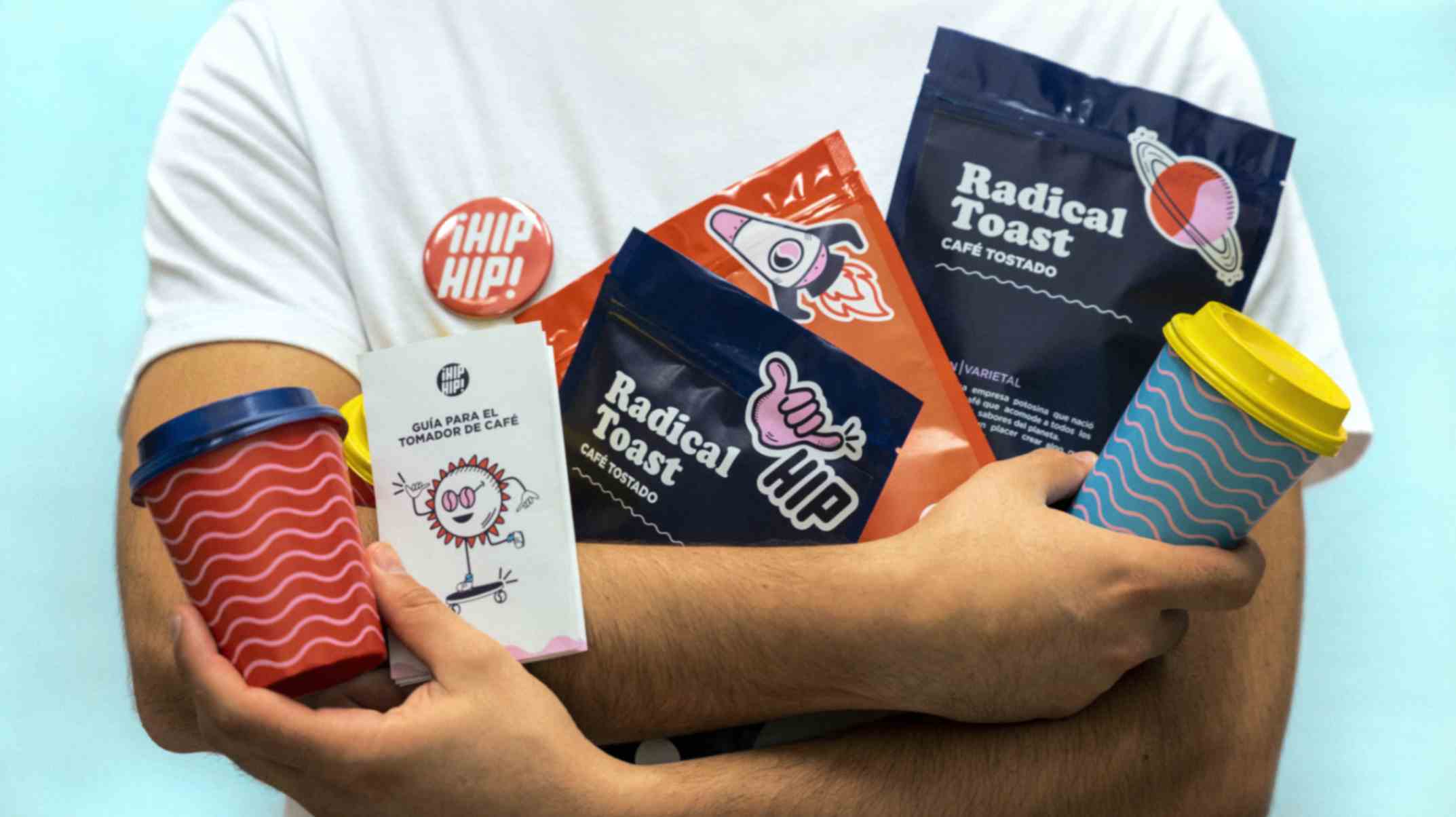Enhancing Aesthetics and Functionality: Why Frames Matter for QR Codes
Sally Wright
Aug 9, 2023
QR codes, short for Quick Response codes, were initially introduced as two-dimensional patterns of black and white modules.
While their purpose—to store information that can be quickly scanned and accessed—remains unchanged, their design potential has grown exponentially.
Today, you can transform QR codes into captivating visual components that you can integrate with your branding strategies.
In this blog post, let’s discover how customizing QR code frames can make a big difference in both aesthetics and functionality.
Introducing QR Code Frames
QR code frames are more than just embellishments to improve visual appeal.
They are gateways to enhanced aesthetics and functionality.
Frames provide the canvas upon which businesses can blend their brand colors, styles, and messaging.
With frames, QR codes become an extension of a brand's visual identity.
Functional Benefits of Adding Frames on QR Codes
Frames are not just used for aesthetic purposes; they also hold functional significance.
Have you ever struggled to scan a dynamic QR code due to poor contrast between the code and its background?
Frames address this concern by providing a clear boundary that enhances scanning accuracy.
Using frames also make QR codes more visible, reducing the time it takes for users to locate and scan them.
Listed below are some of the 5 benefits of using frames for QR codes:
Enhanced Scanning Accuracy
Frames serve as clear visual boundaries around QR codes, which can significantly improve scanning accuracy.
The distinct contrast between the frame and the code helps scanning devices accurately identify and capture the code's data.
This ensures a smoother and more reliable scanning experience.
Improved Contrast and Readability
The contrast between the frame and the background ensures that QR codes remain easily readable.
You don’t have to worry even when QR codes are placed on surfaces with varying colors or textures.
This ensures that the code remains legible, preventing scanning errors due to poor visibility.
Quick and Effortless Locating
QR codes embedded in advertisements, labels, or other materials sometimes get lost in the design.
Frames provide a visual guide that helps users quickly spot the QR code.
Thus, saving your customers from the frustrating experience of searching for it.
Reduced Scanning Time
With frames, QR codes stand out from their surroundings.
Customers don't need to spend unnecessary time trying to locate and align their devices with the code.
Frames create a focal point, allowing users to scan the code swiftly and efficiently, which is particularly valuable in fast-paced scenarios.
Minimized User Frustration
A poorly designed dynamic QR code can result in user frustration and missed opportunities. Using frames helps to prevent this by clearly defining the code's boundaries.
It can also encourage repeated interactions with QR codes, establishing a positive perception of their usability.
Customization Options
Adding logos, images, and text becomes a creative endeavor, and frames complement these elements beautifully.
Whether you're creating a QR code for a product, event, or marketing campaign, frames allow for a harmonious fusion of design elements that capture attention and convey meaning.
The best thing about these is that using these customization features comes for free.
This means you can freely create well-designed QR codes within the app without worrying about the costs.
Best Practices for Using Frames
While frames have a lot of potential, maintaining a balance between aesthetics and functionality is crucial.
Listed are some of the important practices you should know to harness the power of frames when creating QR codes.
1. Balance Aesthetics and Functionality: While frames can add a touch of elegance to your QR codes, their primary purpose is to enhance functionality. It's important to strike a balance between the two. Ensure that the frame doesn't compromise the code's scanning accuracy or visibility in the pursuit of aesthetics.
2. Context Matters: When choosing a frame style, consider the environment in which the QR code will be placed. Frames that work well on a digital ad might not be suitable for a product label or a physical poster. The frame should complement the surroundings and blend seamlessly into the overall design.
3. Readability is Key: The ultimate goal of using a QR code is to be scanned. Prioritize readability when selecting a frame. Choose a frame color and style that maintains a clear contrast with both the background and the code itself.
4. Don't Overshadow the Content: While frames are eye-catching, they shouldn't steal the spotlight from the QR code's content. The information embedded in the QR code is what users are interested in. The frame should enhance, not overshadow, the value the QR code provides.
5. Test Before Finalizing: Before incorporating QR codes with frames in a real-world context, make sure to conduct thorough testing. Scan the codes with different devices and under various lighting conditions to ensure that the frame doesn't hinder scanning. Make necessary adjustments to ensure optimal functionality.
6. Consider Brand Consistency: If the QR code is part of a branding campaign, ensure that the frame aligns with your brand's visual identity. Choose colors and styles that resonate with your brand's aesthetics. Remember consistency in design reinforces brand recognition.
7. Size Matters: The size of the QR code matters when selecting a frame. The frame shouldn't interfere with the code's modules or compromise its readability. Ensure that the frame's dimensions are proportional and well-suited to the size of the code.
8. Seek Feedback: Before finalizing the design, gather feedback from colleagues or focus groups. Fresh perspectives can provide insights into how users perceive the framed QR code and whether it fulfills its functional and aesthetic goals.
9. Adapt to Different Media: Remember that QR codes may appear on various media, from digital screens to print materials. Choose a frame style that translates well across different media and maintains its impact.
Conclusion
Frames offer a creative outlet to infuse brand identity into QR codes, making them eye-catching and practical.
The integration of frames not only enhances their aesthetics but also ensures their functionality.
For more, feel free to check out this video or visit our Academy.



